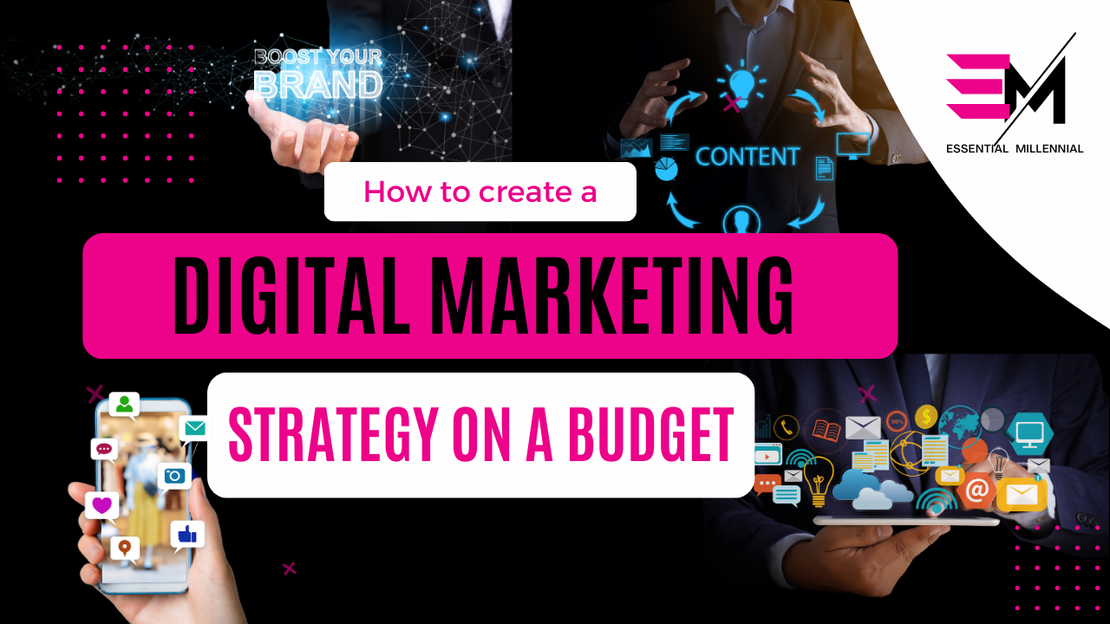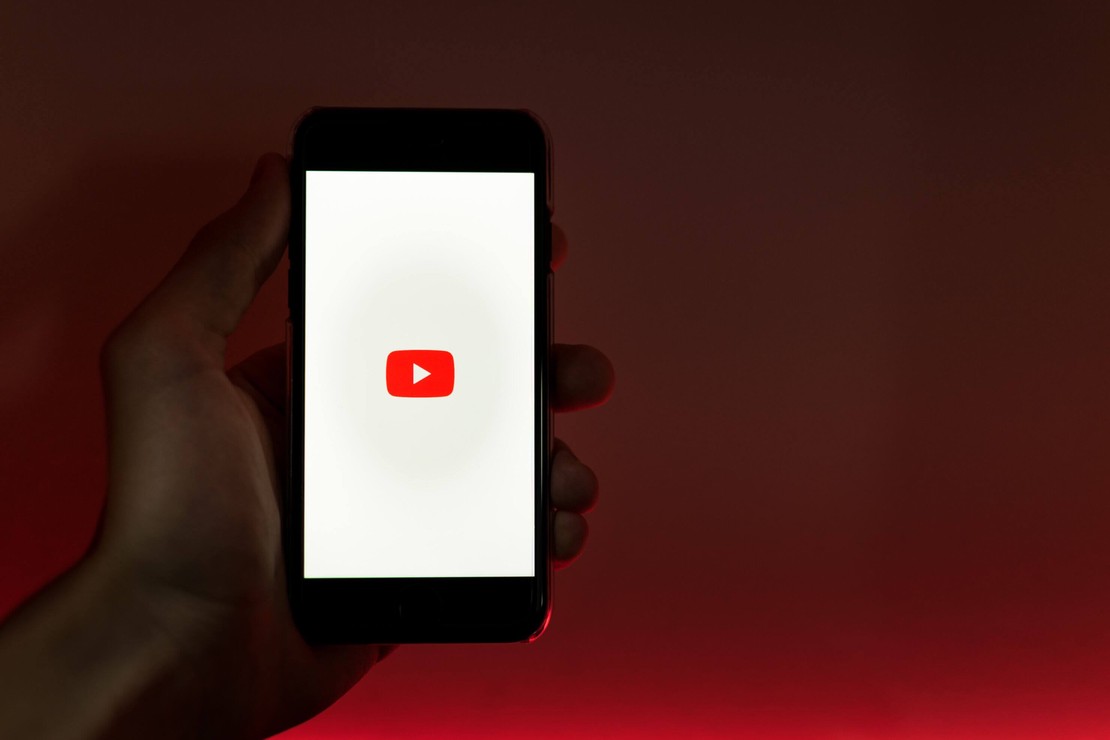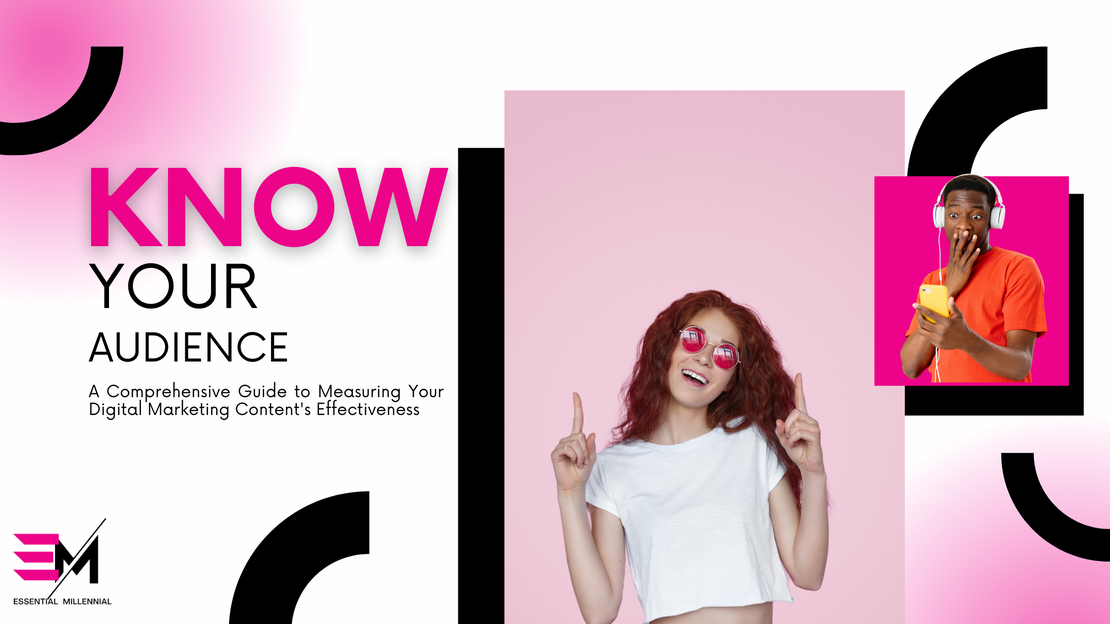
Digital Marketing Strategy Tips For Small Businesses On A Budget
- Forrest Smith
- Digital marketing
- Wednesday, August 16, 2023
So you just started your own business, or perhaps you’ve been operating for a while. You truly believe in your product or service and you’re backing yourself to turn this thing into a real moneymaker. You’re working for yourself and you’re pursuing your passions and – hopefully – you’re about to achieve financial freedom and it’s only a matter of time before people see the true value of what you have to offer.
It has become more necessary than ever to put time and money into your digital marketing efforts as a small business. To attract an audience, establish trust, and create brand loyalty, your content should provide potential customers with value through authentic messaging.
This blog post observes some interesting long-term trends in the media and marketing industries, with an eye on the future and examines the potential solutions to help your small business’ brand grow.
The challenge
But how can you compete with the corporate giants of your industry? How do you expose potential customers to your product and communicate your unique selling point (USP) effectively? After all, you’re operating on a limited budget and your competitors can afford entire teams of content creators, creative directors, copywriters, graphic designers and so on.
You have 500 followers on Instagram – they have 500,000. Besides, you have your business itself to focus on! You don’t have the time to learn how to craft and execute a digital marketing strategy… so, how are you going to get anyone’s attention?
Bad location, internet presence and marketing are among the top reasons why businesses fail around the world. If your businesses relies on location for foot traffic, and therefore sales, you need to operate from the best places possible to succeed. And these days the Internet plays such a prominent role in our lives that your online presence is just as, if not more, important as a company’s location in a shopping district. You know that there’s a demand for your products and services somewhere, so availability and visibility are the next boxes you need to check on your list of priorities as a small business owner. But what if I told you that the advertising and marketing industry is on the precipice of major change?
Fourteen percent of businesses fail due to poor marketing, while 42% failed due to unoriginal or useless products and services, according to CB Insights. So what does that tell us?
How ads became annoying
I began my career as a journalist about a decade ago when phrases like “web 2.0” and “native advertising” were on everyone’s lips in the media and advertising industries. And during the course of my reasonably short career, I’ve learned where the line between informative and promotional is. The media and advertising industries go hand-in-hand and they always have. But in practice, they play opposing roles in terms of how they address an audience.
In print media, you used to have spaces in your newspaper for advertising and the rest of your column inches were dedicated to news stories, interviews, columns (opinions/storytelling), and other content that appealed to readers. There are many lessons to be learned from traditional media and its history with advertising.
News outlets sold stories about the latest events and current affairs within a given geographic location or around the world or both. For a reader, the value in the news was found in the way it gave readers access to information, in real time (or at least, what was considered to be “real time” back then).
More niche formats of print media such as magazines would appeal to a specific set of interests that advertisers could take advantage of to make sure their products were exposed to people more likely to buy them. And it was actually quite effective.
Someone who had a lifestyle magazine subscription would have been far more receptive to a well placed advertisement for clothing and cosmetics across the page from a story about the latest fashion trends and another for kitchenware next to a recipe for a delicious dessert, recommended by an expert chef. On more advanced mediums like television and radio, you couldn’t overlap content in the way you can with print, side-by-side, so broadcasters sold spots in their commercial breaks to advertisers and people who targeted people that were interested in specific shows that went on air. As adverts adopted approaches that were more invasive to our overall experience of consuming media, people simply started switching off.
And when the Internet came about, everything changed. With unlimited access to content and information, we could suddenly get everything we wanted for free. And, as they say, “if the product is free, you are the product”. Even without experience in the news or advertising industries, everyone universally agrees that adverts are insufferable. But, for valuable content, we are willing to pay to not see ads. You used to pay for your daily newspaper deliveries and a weekly or monthly magazine subscription, because you found value in that product; you paid for access to content and information. And advertisers had to compete for a limited amount of space that a magazine or newspaper sold.
Now, with unlimited, free access to information, you pay to escape the incredibly annoying, invasive ads. Or you use an ad blocker to escape those awful pop-ups. On social media, we tolerate advertising because of the utility these platforms offer. These platforms, and the apps that run our lives, also offer subscriptions that give us an “out” from advertising.
And this is where the entire advertising industry has gotten it wrong. With some notable exceptions…
What effective digital marketing looks like
One such exception that I’ve noted in my experience as a modern-day consumer is the Nike Training Club app, which is a perfect example of what we’re trying to achieve with Essential Millennial.
Nike is unquestionably one of the most recognisable brands in the world. So, naturally, their marketing team is light years ahead of just about anyone in the world. And I’m not here to market Nike’s products, but the beauty is that I’m doing so nonetheless, because they have created a marketing product that offers actual value. And its branding isn’t ‘in your face’.
The app gives you access to a huge library of videos for home workouts, categorised by targeted muscle groups, duration, fitness level, etc. etc. Many of the videos are endorsed by celebrities like Chris Hemsworth, Cristiano Ronaldo, and Serena Williams – which is cool… but beyond the reach of us mere mortals.
But what I personally love about the app is that it isn’t inundated with ads and Nike’s branding in the app is very subtle. There are no squares popping up on my screen telling me to buy the latest pair of Mercurial boots. But even if there were, I wouldn’t be terribly upset… because I’m getting value out of the app. Nike turns the most popular approach to digital marketing on its head. They haven’t focused their efforts on gaining access to users and for a couple of seconds of unwelcome exposure to their short attention spans.
I can now pick up a yoga mat and some basic exercise equipment and get cool instructional videos with timers and prompts that give me a great workout. But every time I open that app, I see the Nike ’tick’, but it’s not invasive. It’s just there. It doesn’t direct me to their online store – but it does, subtly, give me a more favourable view of their brand because it’s so convenient and usable. And that’s why Nike’s market cap is $156,21 billion…
But you’re not Nike. So why am I telling you about this? You can’t afford to pay multimillion dollar endorsement fees to megastars or develop a neat app that millions of people are going to download and costs more to create than your entire business is worth. But you do have a website. You have a blog and you have your social media channels.
Be authentic.
This blog post is an advertisement for my agency, and there will be a short plug right at the end. But I’m not writing it for the clicks or for your attention. I’m writing it for the small business owner who can’t afford to hire an agency to promote their brand and bring in new customers through online channels. It’s for the person who’d like to learn something about digital marketing, who finds this information useful. This ‘advertisement’ is written, published, and distributed through my social media channels with the intention of being informative. I guess it’s the journalist in me that believes there’s inherent value in that alone.
And we aren’t called Essential Millennial for nothing. Our brand was created with a vision that resonates with values that are unique to millennials and generations below us. Our most fundamental value is authenticity.
To me, authenticity means that the content you create is geared towards giving your audience something, rather than taking something away (i.e. their money). The intent behind this blog post is not to sell you something; it’s to give you something. My goal is not for you to click on the ‘Services’ tab at the top of your screen, it’s for you to click on the ‘Blog’ button, or to read one of the related posts below.
I want you to have read this article to the end, to have provoked some thought, give you a fresh perspective and impart valuable information to you. And if I have achieved that, my goal is for you to return to my blog for the next post. I want to build trust and communicate authentically with you, my reader. Once I’ve built that trust with you and we establish a relationship that’s truly beneficial for you, your business will be growing at a rapid rate thanks to what you’ve learned. You will have read enough of my content on this blog to have an elementary understanding of digital marketing at least. This is the entry point to your traditional marketing funnel
In an ideal world, if my drip content strategy works, you will be well on your way to success before you are interested in my services. This content is the digital equivalent of a sample. I should be highlighting the characteristics of my services that distinguish mine from others of a similar nature to make it more appealing.
And, by the time I’ve earned your trust, you’re going to want to pay money for our services. In your head, I want you to be thinking, “if their free stuff is this good, imagine how good the stuff you pay for is?”
A new age for inauthentic content
When I was trained to become a journalist and in my short career as a news reporter, somethings that’s hammered into your head is “content is king”. And the biggest problem with the advertising industry is that it fails to recognise this. The trending topic being discussed by every ad exec from here to Timbuktu is the rise of Chat GPT, AI, and automation. If the these disruptive technologies live up to all the hype, all creative industries are under threat and content will become more inauthentic than it ever has been.
Realistically, Chat GPT and the large language model (LLM) and natural language processing (NLP) are just more complex search engines. In fairness to these technologies, they are incredible. They truly are. These technologies can take your prompt and effectively conduct a Google search for you, find all the information in the results, pull out all of the relevant information and stick it together, succinctly into language that is linguistically sound and could just as well have been written by a human. In a matter of seconds.
There’s no doubt that, in a few years, all corporate entities and advertising agencies will be using LLM and NLP to carry out digital marketing efforts. But people will soon start to see through the facade and they’ll be switching off to all forms of advertising, entirely. Click through rates and conversions will hit rock bottom as it becomes all but impossible to acquire a captive audience. Why? Because AI-generated content is inauthentic.
It simply isn’t possible to replicate the innate human nature of creativity and human-created content will be far more valuable that data-driven bot-generated. And if it is, we are still a long way off from that. But that doesn’t mean these technologies are to be ignored either. Rather, they should be considered tools. Your brand simply needs a voice and a human voice will be your most valuable tool for years to come.
Authentic and efficient. A low-cost digital marketing solution for small businesses
But it doesn’t hurt to make life easier for yourself. If it can help you understand your audience better or your subject matter, use those Chat GPT prompts to aid your research efforts, use advanced analytics to find out the best time to post content on Instagram… don’t get left behind.
But our vision at Essential Millennial is to reconcile these two seemingly-at-odds trends. A new generation of customers who crave authenticity being targeted with content that is becoming increasingly inauthentic – robotic.
And, as a small business owner, this is where you have an advantage. You can offer potential customers with value with a well considered digital marketing strategy. So, here’s the shameless plug I promised:
By working with us, you can establish yourself as an authentic brand, with compelling storytelling that builds trust with potential customers. Take your small business’ digital marketing strategy to the next level with our future-proofed solutions by visiting our Contact page.


